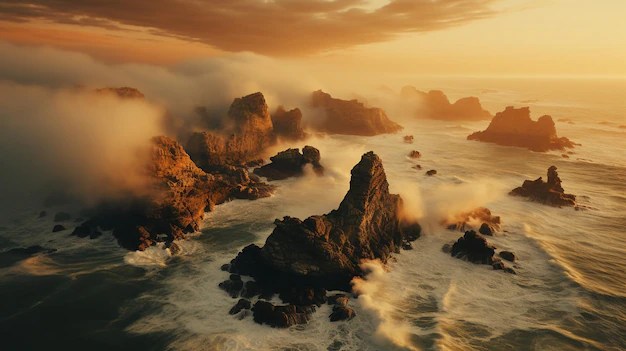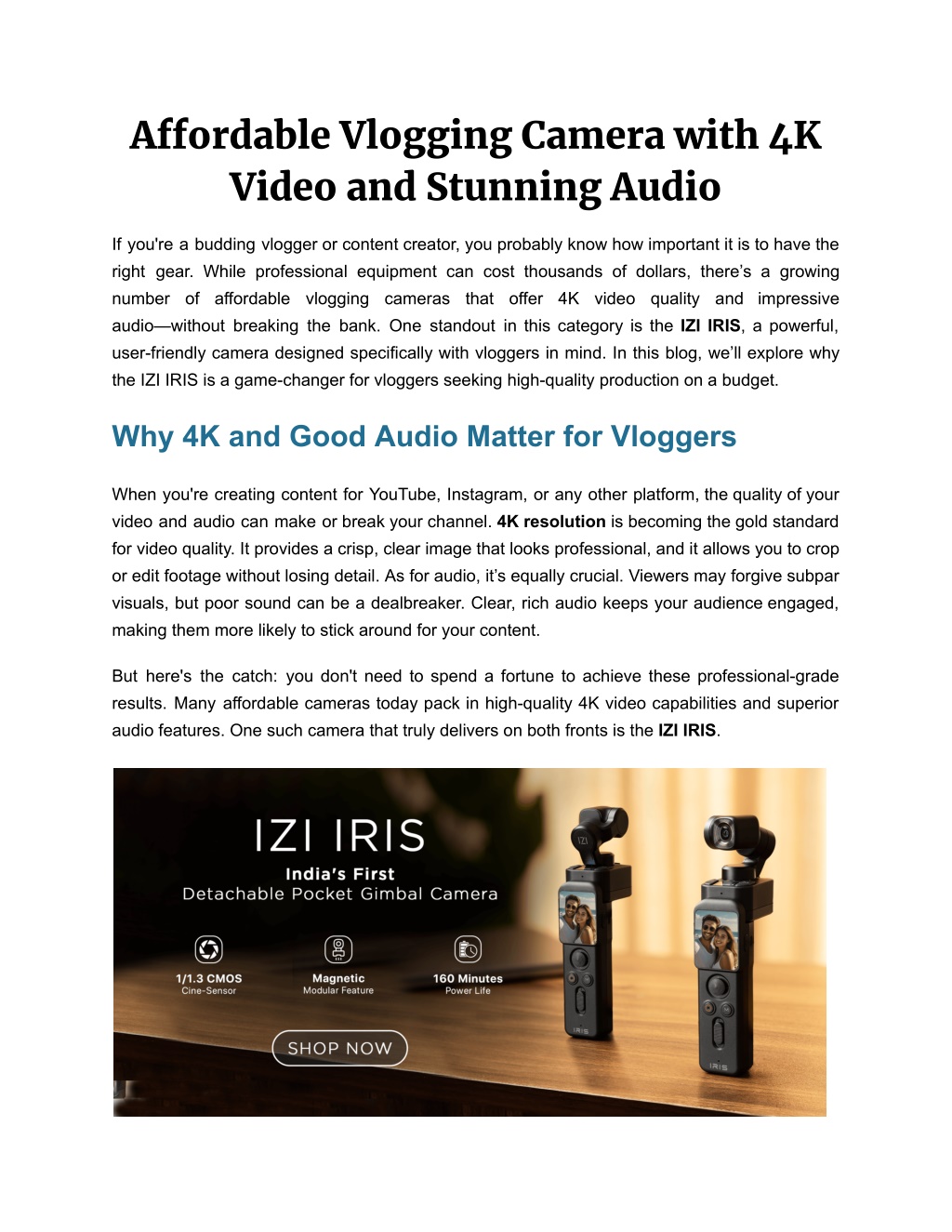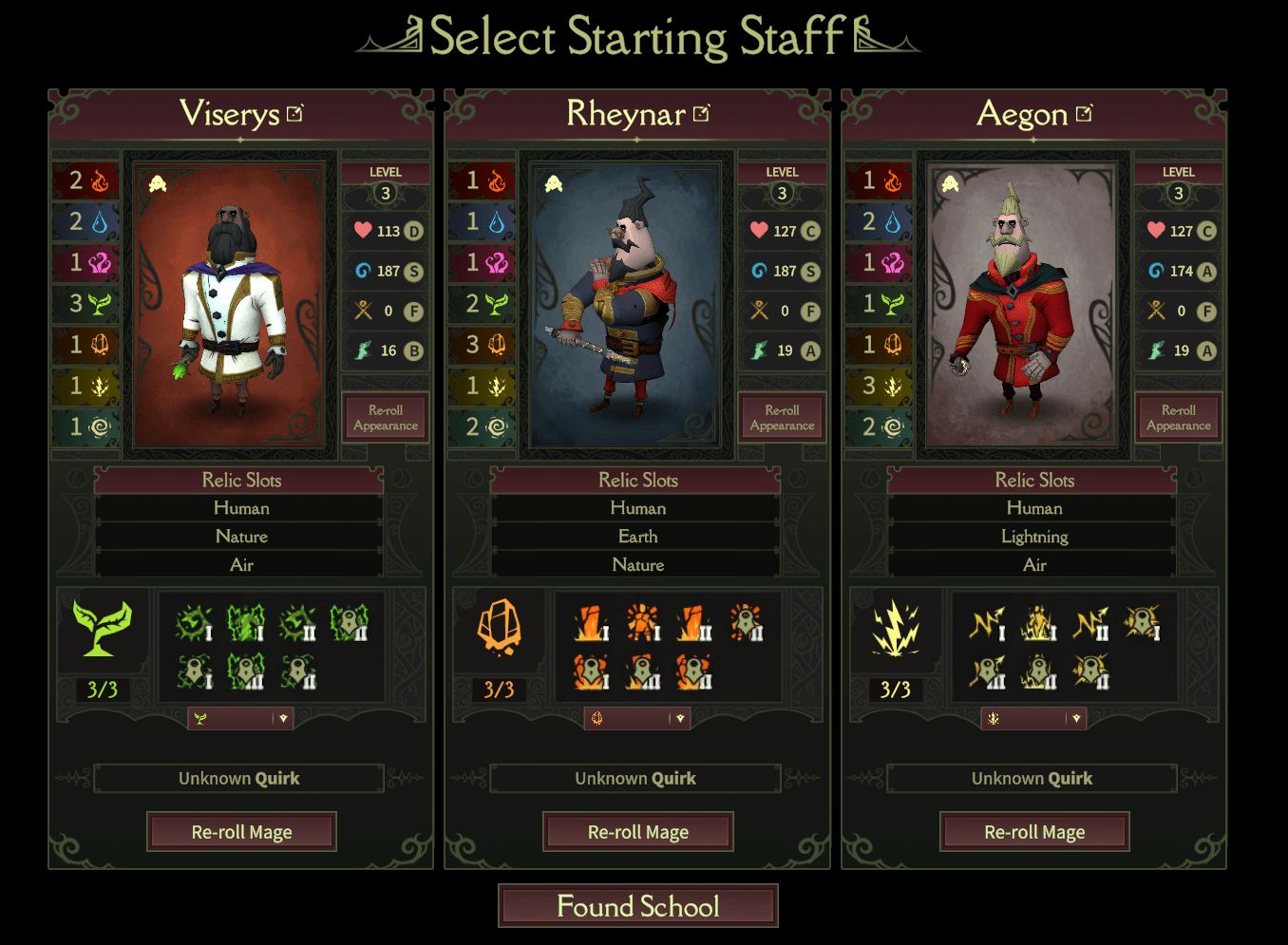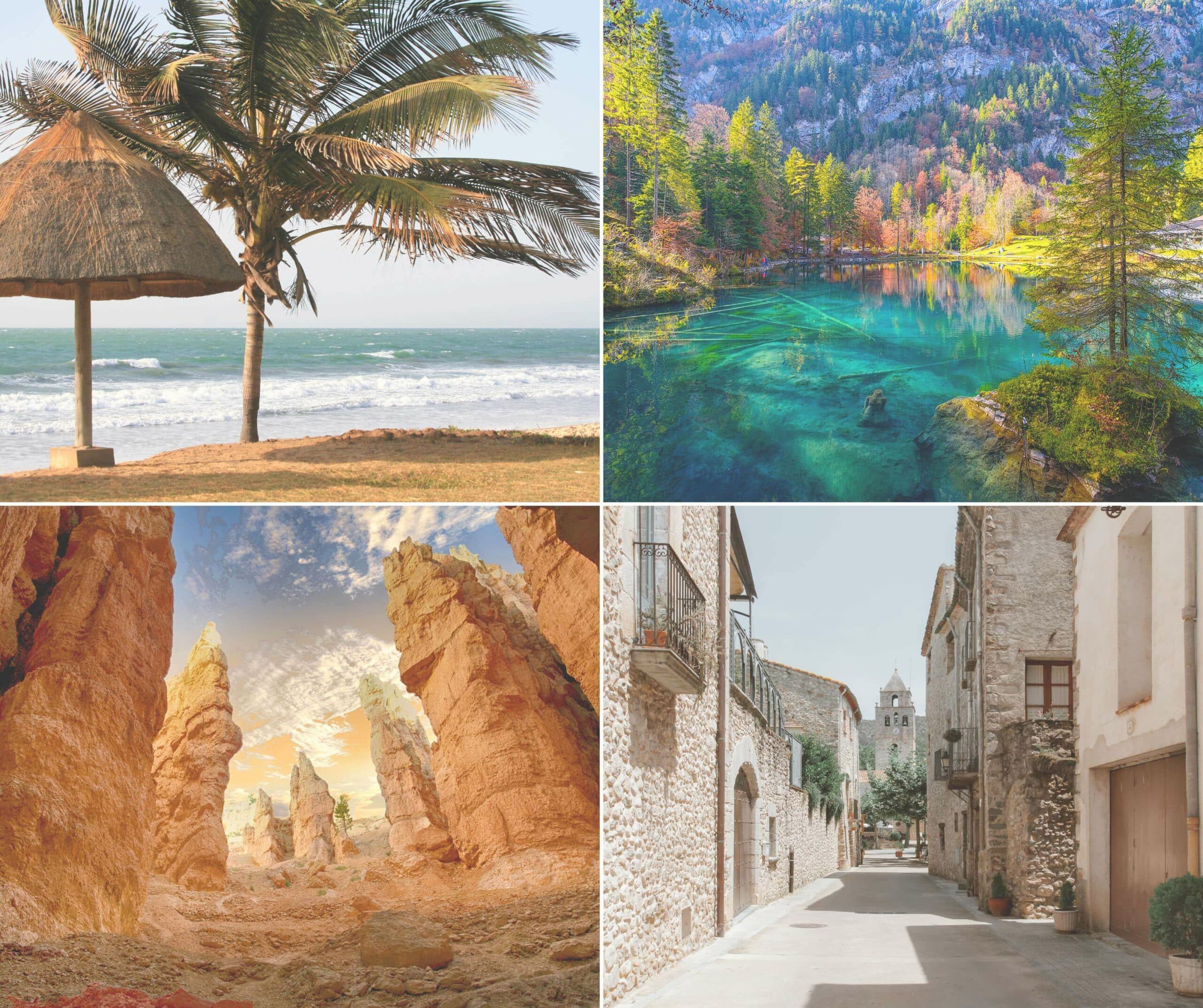“Advanced Travel Camera Settings and Drone Shots: Capturing Breathtaking Memories
Related Articles Advanced Travel Camera Settings and Drone Shots: Capturing Breathtaking Memories
- Chasing Golden Hour: Mastering 4K Sunset Photography With The Right Tools
- GoPro: The Ultimate Travel Companion For Capturing Unforgettable Moments
- GoPro Travel Photo Ideas: Unleash Your Adventurous Vision
- Unleash Your Inner Explorer: GoPro Travel Photography Ideas To Capture Unforgettable Moments
- GoPro Photography: Mastering Composition, Travel, And Editing Apps
Introduction
Today, we’re excited to unravel an engaging topic: Advanced Travel Camera Settings and Drone Shots: Capturing Breathtaking Memories. Together, we’ll uncover insights that inform, inspire, and open new perspectives for our readers.
Table of Content
Advanced Travel Camera Settings and Drone Shots: Capturing Breathtaking Memories

Traveling is an enriching experience that allows us to explore new cultures, witness stunning landscapes, and create lasting memories. Capturing these moments through photography and videography is a way to preserve these experiences and share them with others. While smartphone cameras have become increasingly capable, dedicated cameras and drones offer greater control and image quality, allowing you to elevate your travel photography to new heights.
This article will delve into advanced camera settings and drone techniques for travel photography, helping you capture breathtaking memories that truly reflect the beauty and essence of your adventures.
I. Mastering Camera Settings for Travel Photography
Understanding and mastering your camera settings is crucial for capturing stunning travel photos. Here are some key settings to consider:
A. Aperture
Aperture refers to the opening in your lens that allows light to pass through to the camera sensor. It is measured in f-stops (e.g., f/2.8, f/8, f/16). A wider aperture (smaller f-stop number) allows more light to enter, creating a shallow depth of field, where the subject is in focus and the background is blurred. A narrower aperture (larger f-stop number) allows less light to enter, creating a greater depth of field, where both the subject and background are in focus.
- When to use wide apertures (e.g., f/1.8 – f/4):
- Portraits: To isolate the subject from the background and create a pleasing bokeh effect.
- Low-light situations: To let in more light and avoid using high ISO settings, which can introduce noise.
- Creating a sense of intimacy: By drawing attention to the subject and blurring out distractions.
- When to use narrow apertures (e.g., f/8 – f/16):
- Landscapes: To ensure sharpness from foreground to background.
- Architecture: To capture intricate details and maintain sharpness throughout the frame.
- Group photos: To ensure everyone in the group is in focus.
B. Shutter Speed
Shutter speed refers to the amount of time the camera’s shutter remains open, exposing the sensor to light. It is measured in seconds or fractions of a second (e.g., 1/1000s, 1/60s, 1s). A fast shutter speed freezes motion, while a slow shutter speed allows motion blur.
- When to use fast shutter speeds (e.g., 1/500s or faster):
- Action shots: To freeze fast-moving subjects like wildlife, sports, or street performers.
- Bright light conditions: To prevent overexposure.
- Reducing camera shake: When shooting handheld, especially with longer lenses.
- When to use slow shutter speeds (e.g., 1/30s or slower):
- Low-light situations: To let in more light and avoid using high ISO settings.
- Creating motion blur: To convey movement, such as flowing water, car trails, or light painting.
- Intentional camera movement (ICM): To create abstract and artistic effects.
C. ISO
ISO refers to the sensitivity of your camera’s sensor to light. A lower ISO setting (e.g., ISO 100) produces cleaner images with less noise, while a higher ISO setting (e.g., ISO 3200) allows you to shoot in darker conditions but introduces more noise.
- When to use low ISO settings (e.g., ISO 100-400):
- Bright light conditions: To capture the cleanest images with the least amount of noise.
- Landscapes and architecture: Where image quality is paramount.
- When using a tripod: As you can use slower shutter speeds without camera shake.
- When to use high ISO settings (e.g., ISO 800 or higher):
- Low-light situations: To capture images without using a flash.
- Action shots in low light: Where freezing motion is more important than image quality.
- Documentary photography: When capturing the moment is more important than technical perfection.
D. White Balance
White balance refers to the camera’s ability to accurately render colors under different lighting conditions. Different light sources have different color temperatures, which can affect the overall color cast of your images.
- Auto White Balance (AWB): The camera automatically adjusts the white balance based on the scene. It works well in many situations but may not be accurate in mixed lighting or under artificial light.
- Preset White Balance Modes: Your camera likely has preset modes for different lighting conditions, such as daylight, cloudy, shade, tungsten, and fluorescent.
- Custom White Balance: You can use a gray card or white object to set a custom white balance, ensuring accurate color rendition.
E. Metering Modes
Metering modes determine how the camera measures the light in the scene to determine the correct exposure.
- Evaluative/Matrix Metering: The camera analyzes the entire scene and calculates the exposure based on the overall brightness. It is a good general-purpose mode.
- Center-Weighted Metering: The camera gives more weight to the center of the frame when calculating the exposure. It is useful for portraits and subjects in the center of the frame.
- Spot Metering: The camera measures the light in a very small area of the frame. It is useful for challenging lighting situations, such as backlit subjects or scenes with high contrast.
F. Focus Modes
Focus modes determine how the camera focuses on the subject.
- Single-Point Autofocus (AF-S or One-Shot AF): The camera focuses on a single point in the frame. It is useful for stationary subjects.
- Continuous Autofocus (AF-C or AI Servo AF): The camera continuously adjusts the focus as the subject moves. It is useful for action shots and moving subjects.
- Manual Focus (MF): You manually adjust the focus using the lens’s focus ring. It is useful for macro photography, low-light situations, and when the autofocus system struggles.
II. Capturing Stunning Drone Shots
Drones have revolutionized travel photography, allowing us to capture breathtaking aerial perspectives that were previously impossible. Here are some tips for capturing stunning drone shots:
A. Legal Considerations and Safety
- Regulations: Before flying your drone, research and understand the local regulations and restrictions. Many countries and regions have specific rules about where you can fly, altitude limits, and drone registration requirements.
- No-Fly Zones: Be aware of no-fly zones, such as airports, military bases, and national parks.
- Weather Conditions: Avoid flying in strong winds, rain, or fog. These conditions can affect the drone’s stability and visibility.
- Battery Life: Always check the battery level before flying and be aware of the flight time.
- Visual Line of Sight: Maintain a visual line of sight with your drone at all times.
- Respect Privacy: Be mindful of people’s privacy and avoid flying over private property without permission.
B. Composition Techniques
- Rule of Thirds: Divide the frame into nine equal parts with two horizontal and two vertical lines. Place key elements along these lines or at the intersections.
- Leading Lines: Use lines to guide the viewer’s eye through the scene.
- Symmetry: Use symmetry to create a sense of balance and harmony.
- Patterns: Look for repeating patterns in nature or architecture.
- Framing: Use natural elements, such as trees or arches, to frame your subject.
C. Drone Camera Settings
- Aperture: Use a narrow aperture (e.g., f/8 – f/11) for landscapes to ensure sharpness from foreground to background.
- Shutter Speed: Use a fast shutter speed (e.g., 1/100s or faster) to avoid motion blur.
- ISO: Keep the ISO as low as possible (e.g., ISO 100) to minimize noise.
- White Balance: Use Auto White Balance (AWB) or adjust the white balance manually based on the lighting conditions.
- Exposure Compensation: Use exposure compensation to fine-tune the brightness of your images.
D. Drone Flying Techniques
- Orbiting: Fly the drone in a circle around a subject to capture a dynamic and engaging shot.
- Reveal Shots: Start with a close-up of a subject and then fly the drone backward to reveal the surrounding landscape.
- Vertical Ascents/Descents: Fly the drone straight up or down to create a sense of scale and perspective.
- Tracking Shots: Follow a moving subject with the drone to capture action shots.
- Hyperlapse: Create a time-lapse video from the air by flying the drone along a predetermined path and taking photos at regular intervals.
E. Post-Processing
- Color Correction: Adjust the colors and tones in your images to create a consistent and visually appealing look.
- Sharpening: Sharpen your images to bring out details and textures.
- Noise Reduction: Reduce noise in your images, especially if you shot at high ISO settings.
- Cropping: Crop your images to improve the composition and remove distractions.
III. Conclusion
Mastering advanced camera settings and drone techniques can significantly enhance your travel photography, allowing you to capture breathtaking memories that truly reflect the beauty and essence of your adventures. By understanding the principles of aperture, shutter speed, ISO, white balance, and metering modes, you can take control of your camera and create stunning images in any situation. With drones, you can capture unique aerial perspectives that were previously impossible, adding a new dimension to your travel photography. Remember to always prioritize safety and respect local regulations when flying your drone.
With practice and experimentation, you can develop your own unique style and capture travel photos that will inspire and captivate viewers for years to come.




